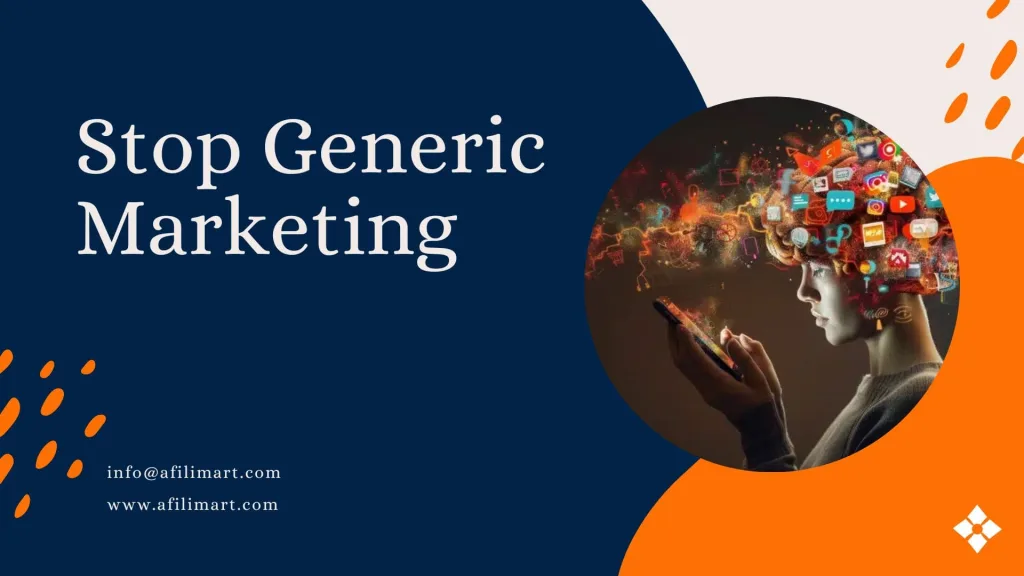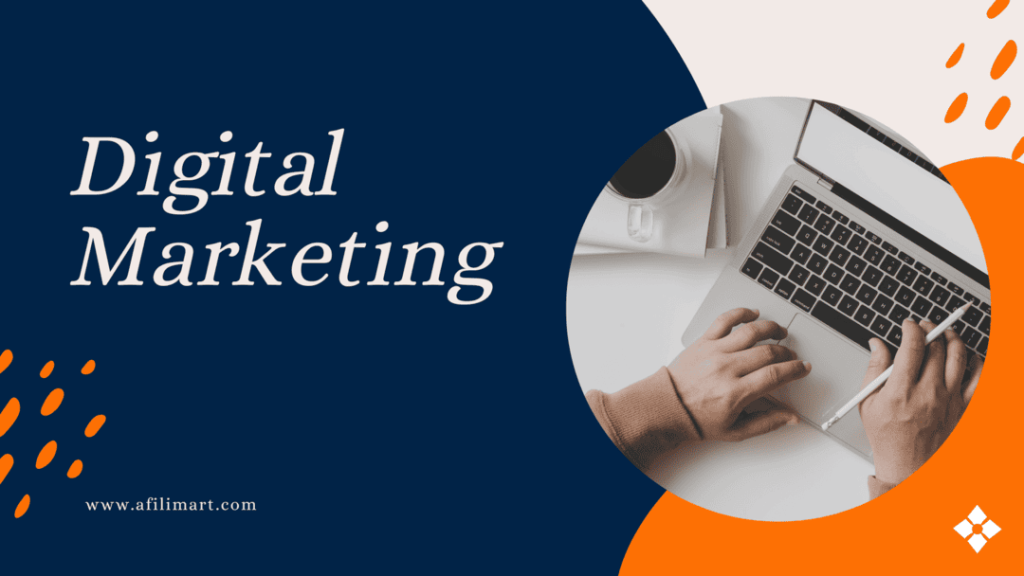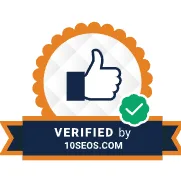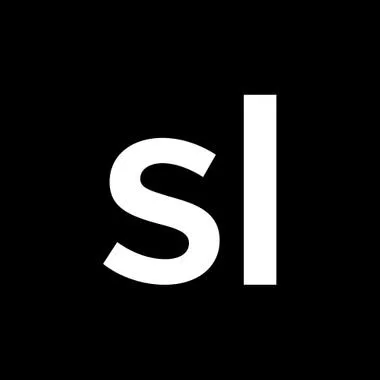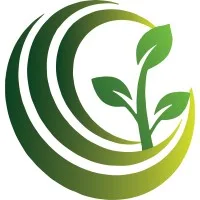In the first part of our mini-series post, we discussed newsletters and explained what they are. In case you missed it, read The Purpose and Benefits of a Newsletter
This is the second and last part of the series as we continue to discuss other key components of a newsletter. Let’s dive in, shall we?
What are the elements of an effective newsletter?
An effective newsletter should be well-designed and engaging to capture the attention of readers. Here are some key elements to include in a newsletter:
Clear branding: Use your logo and brand colours to establish your brand identity and create a consistent look and feel across all communications.
Compelling subject line: Use an attention-grabbing subject line to entice readers to open the email. This is because not many people are tempted to open their mail unless it is truly worth it. An email subject will determine whether someone will open a message or not.
Valuable content: Provide high-quality, relevant content that addresses the needs and interests of your subscribers. This can include industry news, product updates, how-to guides, and more.
Visual appeal: Use images, videos, and graphics to make the newsletter visually appealing and break up the text in an interactive and attractive manner as some readers prefer to engage with illustrations.
Call to action: Include a clear call to action that tells readers what you want them to do next, whether it’s to click a link, read an article, or make a purchase.
Mobile optimization: Ensure the newsletter is mobile-responsive and easy to read on all devices. This is because it is highly likely that most of your readers use mobile handsets and it is important to provide them with material that will not require extra work to access.
Personalization: Personalize the newsletter by using the subscriber’s name, sending relevant content based on their interests or behaviour, and including a personalized greeting.
Frequency: Send newsletters regularly, whether it’s weekly, bi-weekly, or monthly, to keep subscribers engaged and informed.
How do you attract attention to a newsletter?
Attracting attention to a newsletter requires a combination of strategies to ensure that it stands out in a crowded inbox. Here are some effective ways to attract attention to a newsletter:
Compelling subject line: Use a subject line that grabs the reader’s attention and entices them to open the email. Avoid using generic or spammy subject lines unless you want your newsletter ignored.
Personalization: Personalize the newsletter by using the subscriber’s name in the subject line or email body, and send content that is tailored to their interests and behavior.
Engaging design: Use an eye-catching design that stands out in the inbox and makes the newsletter easy to read and navigate. Remember the less effort required to read your content, the more likely a reader will stay on it.
Valuable content: Provide high-quality, relevant content that addresses the needs and interests of your subscribers. This requires a lot of research regarding a wide variety of issues and providing an in-depth analysis of a given topic.
Promotions and offers: Include exclusive promotions, offers, or discounts for subscribers to incentivize them to open the email and engage with the content. This also attracts new subscribers to your content whilst increasing your audience base.
Social proof: Use customer reviews, testimonials, or case studies to showcase the benefits of your products or services. Make these reviews available to all those who are visiting your website as they provide opinions of people who use your services.
Interactive elements: Use interactive elements such as quizzes, polls, or surveys to encourage readers to engage with the content. More often than not, a lot of your readers have a fair understanding of your niche, engaging with them will show how important their views are, and they will always be happy to contribute.
Clear call to action: Include a clear call to action that tells readers what you want them to do next, whether it’s to click a link, read an article, or make a purchase. This will make your content more direct and less ambiguous to your readers.
Conclusion
By including these elements and implementing these strategies in a newsletter, businesses and organizations can create an effective communication tool to engage with their subscribers and achieve their marketing goals as well as stand out in the inbox and attract the attention of their subscribers.
This marks the end of our two-part post series on newsletters. If you have any queries or comments, don’t hesitate to use the comment section below as we always love to get your feedback and suggestions on how we can improve our posts.




